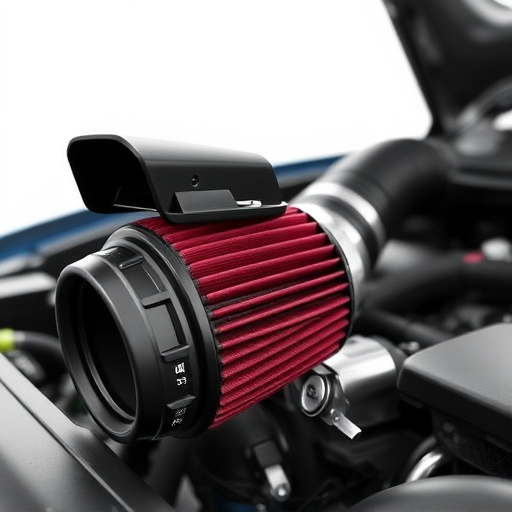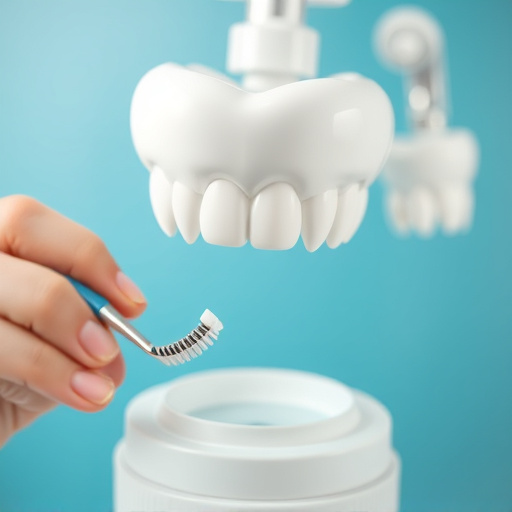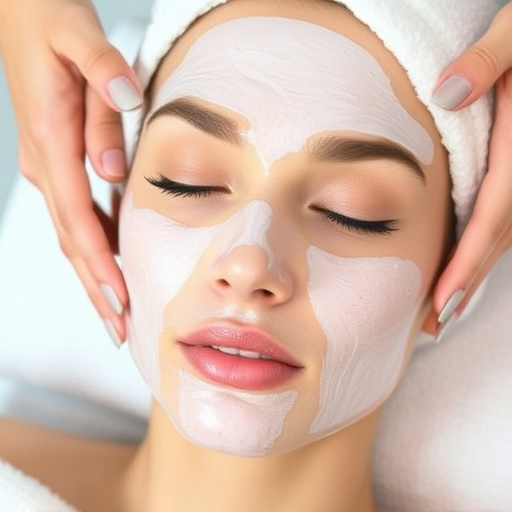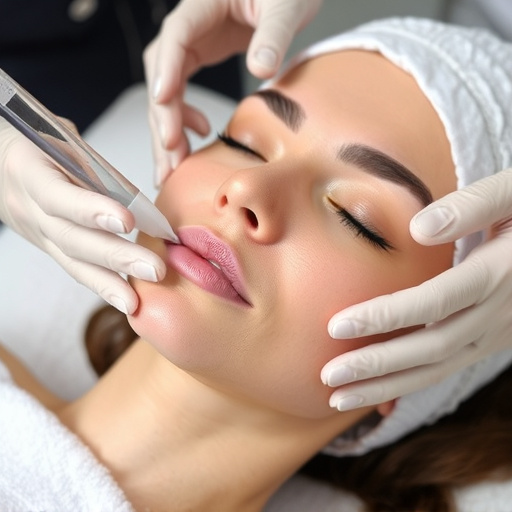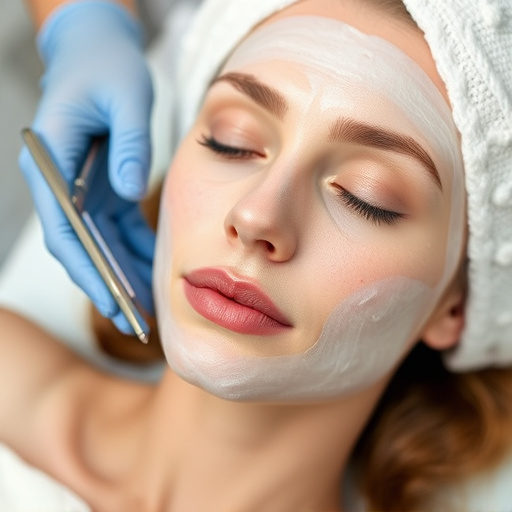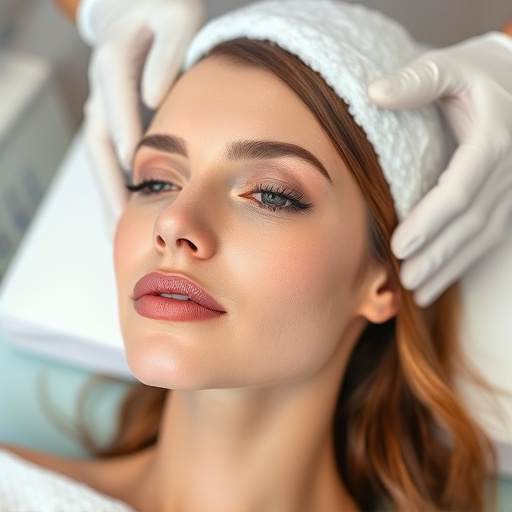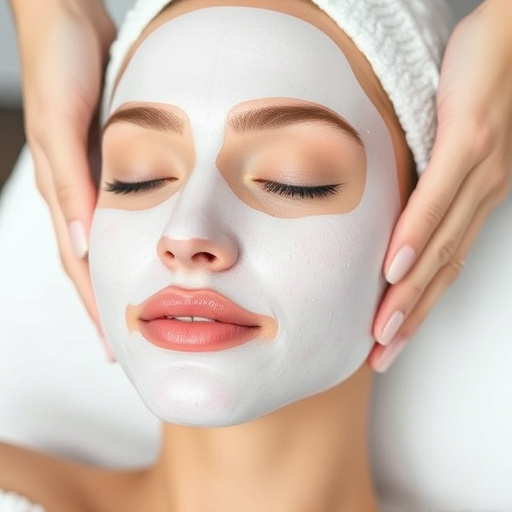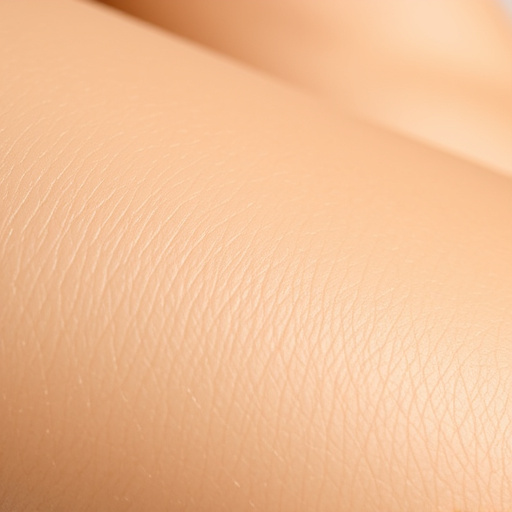Hyperpigmentation treatment involves understanding root causes like sun exposure, acne scars, and hormones, using targeted ingredients to inhibit melanin production, and protecting skin with broad-spectrum sunscreens (SPF 30+) to prevent further darkening. Differentiate between post-inflammatory and sun-induced hyperpigmentation for tailored treatments and sunscreen choices, allowing adequate product spacing to avoid irritation.
Hyperpigmentation, characterized by dark patches on the skin, can be a persistent concern. This article delves into effective strategies for managing hyperpigmentation by combining specialized treatments with robust sunscreen protection. Understanding the causes of hyperpigmentation is crucial, as it often stems from sun exposure, making sunscreen an essential tool in its management. We explore safe integration of treatments and highlight key considerations for achieving optimal results in the fight against discoloration.
- Understanding Hyperpigmentation and Its Causes
- The Role of Sunscreen in Hyperpigmentation Management
- Effective Strategies for Combining Treatments Safely
Understanding Hyperpigmentation and Its Causes

Hyperpigmentation is a common skin concern characterized by dark patches or spots that appear on the skin’s surface. It occurs when melanin, the pigment responsible for giving skin its color, clusters in specific areas, leading to an uneven complexion. Several factors contribute to the development of hyperpigmentation. One of the most prevalent causes is sun exposure, as ultraviolet (UV) radiation from the sun stimulates melanin production, often resulting in sunspots or age spots. Other triggers include acne scars, skin injuries, certain medications, and even hormonal changes.
Understanding the root causes is essential for effective hyperpigmentation treatment. Skincare routines that incorporate specific ingredients can help lighten and brighten the skin. Products containing vitamin C, hydroquinone, retinoids, and alpha hydroxy acids (AHAs) are commonly used in hyperpigmentation treatments. These active ingredients inhibit melanin production and promote skin cell turnover, contributing to improved skin rejuvenation and a more even complexion. Additionally, maintaining proper sunscreen protection is vital, as it prevents further darkening of hyperpigmented areas and supports overall skin health.
The Role of Sunscreen in Hyperpigmentation Management

In the journey to manage hyperpigmentation treatment effectively, sunscreen protection plays a pivotal role. While many focus on treatments like hydrating facials or customized facials for reducing discolouration, it’s crucial to remember that preventing further darkening is equally important. Hyperpigmentation often develops as a result of sun exposure, where UV rays stimulate melanin production, leading to darker patches on the skin. Therefore, daily sunscreen application becomes an indispensable step in any hyperpigmentation treatment regimen.
Sunscreen acts as a protective barrier, shielding your skin from harmful UVA and UVB rays. Opting for broad-spectrum sunscreens with SPF 30 or higher ensures comprehensive protection. Regular use can inhibit the formation of new hyperpigmented spots and aid existing treatments by minimising post-inflammatory discolouration. Remember, consistency is key; sunscreen should be applied liberally and reapplied every two hours when outdoors, especially during peak sun exposure times. This proactive approach, alongside targeted hyperpigmentation treatments, will contribute significantly to achieving a more even skin tone.
Effective Strategies for Combining Treatments Safely

Combining hyperpigmentation treatment with sunscreen protection is a strategic approach to achieving and maintaining optimal skin health. To ensure safety, it’s paramount to integrate these routines methodically. Start by understanding your hyperpigmentation type—post-inflammatory or sun-induced—as this guides your choice of treatments.
For post-inflammatory hyperpigmentation, consider topical agents like hydroquinone or kojic acid, which inhibit melanin production. Pair these with a broad-spectrum sunscreen with an SPF of 30 or higher to shield your skin from further damage. For sun-induced hyperpigmentation, focus on exfoliating treatments and solar protection. Chemical exfoliants help remove dead skin cells, while physical sunscreens act as a barrier against UV rays. Always allow adequate time for your skin to absorb each product before applying the next to avoid potential irritation.
Combining hyperpigmentation treatment with consistent sunscreen protection is a powerful strategy for managing and improving skin tone. By understanding the root causes of hyperpigmentation and incorporating effective treatments alongside daily sunscreen application, individuals can achieve a more even complexion. This holistic approach ensures that while addressing existing dark spots, new damage from UV radiation is prevented, promoting healthier, brighter skin in the long term.



